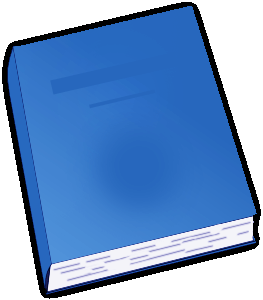The Religion of Babylonia and Assyria By: Theophilus Goldridge Pinches (1856-1934) |
|---|

The book "The Religion of Babylonia and Assyria" by Theophilus Goldridge Pinches offers a comprehensive examination of the religious beliefs, practices, and deities of the ancient civilizations of Babylonia and Assyria. Pinches, a renowned scholar in the field, delves deep into the rich religious history of these two influential Mesopotamian societies, shedding light on their polytheistic cosmologies, rituals, and religious texts.
One commendable aspect of this book is the author's meticulous research and dedication to presenting accurate information. Pinches draws from a diverse range of sources, including ancient cuneiform tablets, inscriptions, archaeological findings, and texts from the era. This comprehensive approach ensures that readers gain a thorough understanding of the complexities of Babylonia and Assyria's religious beliefs and practices.
Pinches' writing style is both accessible and engaging, making this book suitable for both scholars and general readers interested in ancient civilizations. He adeptly explains complex concepts while avoiding excessive technical jargon, enabling readers to easily grasp the intricacies of the religious systems discussed.
One notable strength of Pinches' work is his ability to contextualize Babylonia and Assyria within the broader ancient Near Eastern religious landscape. The author provides comparisons with other contemporary civilizations, such as Egypt and Sumer, highlighting similarities and differences in religious practices. This broader perspective enhances our understanding of the religious world of this era and allows readers to appreciate the unique contributions of Babylonia and Assyria's religious traditions.
Moreover, Pinches explores various aspects of religious life, including the role of priests, the significance of temples, and the relationship between religion and politics. By examining these topics, the author paints a vibrant picture of how religion permeated all aspects of daily life in Babylonia and Assyria, from personal devotion to the function of the state.
While the book provides a wealth of information, at times it may feel overwhelming due to the sheer amount of material covered. However, Pinches' clear organization and systematic approach to presenting information mitigate this potential issue.
In conclusion, "The Religion of Babylonia and Assyria" is an invaluable resource for anyone interested in the ancient religious practices of these influential Mesopotamian civilizations. Pinches' extensive research, accessible writing style, and comprehensive coverage of various aspects of religion make this book an indispensable reference. Whether you are an academic, a history enthusiast, or simply curious about the ancient world, this book offers an enlightening journey into the religious worldview of Babylonia and Assyria. First Published 1906 by Archibald Constable & Co. Ltd. THE RELIGION OF BABYLONIA AND ASSYRIA BY THEOPHILUS G. PINCHES, LL.D. Lecturer in Assyrian at University College, London, Author of "The Old Testament in the Light of the Records of Assyria and Babylonia"; "The Bronze Ornaments of the Palace Gates of Balewat" etc. etc. PREPARER'S NOTE The original text contains a number of characters that are not available even in 8 bit Windows text, such as H with a breve below it in Hammurabi, S with a breve, S and T with a dot below them, U with macron, and superscript M in Tasmêtum. These have been left in the e text as the base letter. The 8 bit version of this text includes Windows font characters like S with a caron above it (pronounced /sh/) as in Samas, etc. These may be lost in 7 bit versions of the text, or when viewed with different fonts. Greek text has been transliterated within brackets "{}" using an Oxford English Dictionary alphabet table. Diacritical marks have been lost. THE RELIGION OF THE BABYLONIANS AND ASSYRIANS CHAPTER I FOREWORD Position, and Period... Continue reading book >>
|
| This book is in genre |
|---|
| Religion |
| eBook links |
|---|
| Wikipedia – Theophilus Goldridge Pinches |
| Wikipedia – The Religion of Babylonia and Assyria |
| eBook Downloads | |
|---|---|
|
ePUB eBook • iBooks for iPhone and iPad • Nook • Sony Reader |
Kindle eBook • Mobi file format for Kindle |
|
Read eBook • Load eBook in browser |
Text File eBook • Computers • Windows • Mac |
| Review this book |
|---|